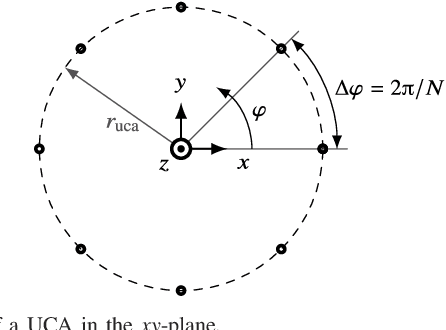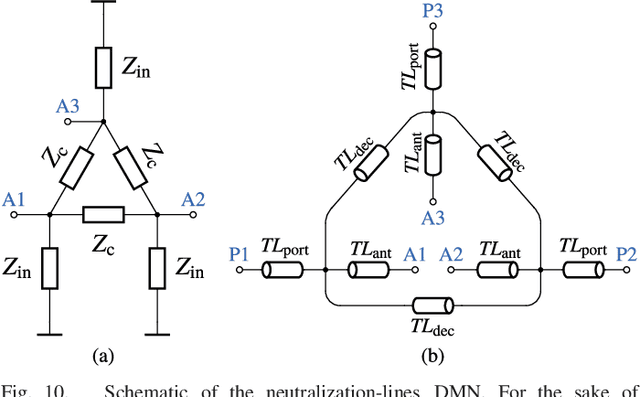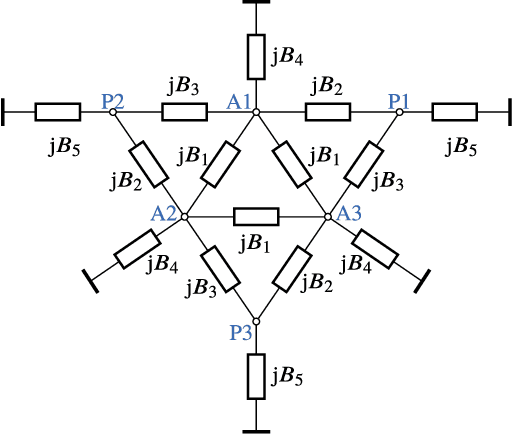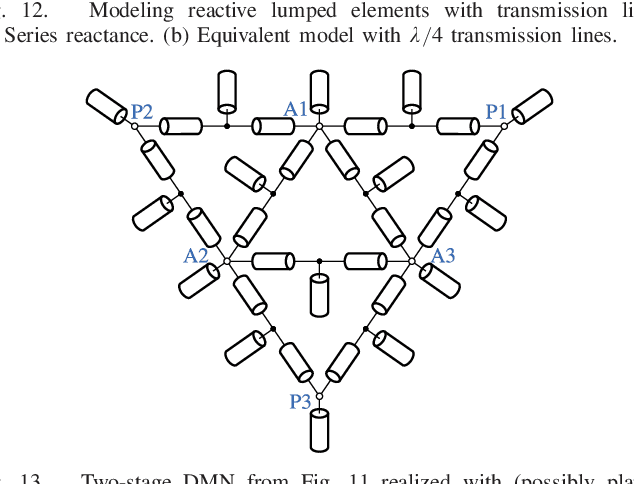Ulrik Imberg
Trajectory-adaptive Beam Shaping: Towards Beam-Management-Free Near-field Communications
Aug 12, 2025Abstract:The quest for higher wireless carrier frequencies spanning the millimeter-wave (mmWave) and Terahertz (THz) bands heralds substantial enhancements in data throughput and spectral efficiency for next-generation wireless networks. However, these gains come at the cost of severe path loss and a heightened risk of beam misalignment due to user mobility, especially pronounced in near-field communication. Traditional solutions rely on extremely directional beamforming and frequent beam updates via beam management, but such techniques impose formidable computational and signaling overhead. In response, we propose a novel approach termed trajectory-adaptive beam shaping (TABS) that eliminates the need for real-time beam management by shaping the electromagnetic wavefront to follow the user's predefined trajectory. Drawing inspiration from self-accelerating beams in optics, TABS concentrates energy along pre-defined curved paths corresponding to the user's motion without requiring real-time beam reconfiguration. We further introduce a dedicated quantitative metric to characterize performance under the TABS framework. Comprehensive simulations substantiate the superiority of TABS in terms of link performance, overhead reduction, and implementation complexity.
Compact Uniform Circular Quarter-Wavelength Monopole Antenna Arrays with Wideband Decoupling and Matching Networks
May 19, 2021



Abstract:Two novel decoupling and matching networks (DMNs) in microstrip technology for three-element uniform circular arrays (UCAs) are investigated and compared to a more conventional DMN approach with simple neutralization lines. The array elements are coaxially-fed quarter-wavelength monopole antennas over a finite groundplane. Three-element arrays are considered since UCAs with an odd number of elements are able to provide an almost constant maximum array factor over the whole azimuthal angular range. The new designs are explained from a theoretical point of view and their implementations are compared to four- and three-elements UCAs without DMN in terms of decoupling and matching bandwidth as well as beamforming capabilities. In addition to excellent decoupling and matching below -16 dB, a broader bandwidth is obtained by the two DMNs. The reasons for the enhanced bandwidth are similar in both cases: By introducing several circuit elements offering additional degrees of freedom, matching of the monopole input impedances at different frequencies becomes feasible. One of the presented designs offers a larger bandwidth, while the other design is able to provide a better total efficiency. Scattering parameters, radiation patterns, beamforming capabilities, and enhanced gain are all verified by measurements over the operating bandwidth.
* 15 pages, 28 figures, 1 table, published in IEEE Transactions on Antennas and Propagation
 Add to Chrome
Add to Chrome Add to Firefox
Add to Firefox Add to Edge
Add to Edge